Order fulfilment key performance indicators (KPIs) are not just a passing trend but an essential part of third-party logistics (3PL) fulfilment. Organisations and companies rely on these KPIs as a reliable tool to navigate the constantly changing global e-commerce world. In this data-driven era, where information is power, these KPIs are crucial for all organisations and sectors. They not only help us monitor and track our performance but also provide valuable insights for improvement and growth.
Your online business runs the danger of losing the confidence and allegiance of its clients if it fails to monitor these crucial KPIs. This guide will help you learn about the measure the order fulfilment method and explain the most important indicators to monitor and the methods used to interpret the data. Let’s start by figuring out how to quantify the order fulfilment process. Order fulfilment UK is the process of delivering goods on time and fulfilling sales order requirements. It has six stages:
- Receiving goods from suppliers
- Storing goods in the warehouse
- Processing and packing
- Shipping
- Delivery to customers
- Processing returns if necessary
By closely monitoring and evaluating the KPIs associated with these stages, your company can compare order fulfilment performance to historical performance and gain insight from comparable businesses. This proactive strategy can result in increased productivity, happier clients, and corporate expansion. So, don’t just read about these KPIs, start implementing them in your e-commerce business today.
Returns Management
Rest assured, measuring order fulfilment and inventory KPIs is Challenging. However, it’s within reach for any business, regardless of the complexity and maturity of its processes. The following are some standard and valuable metrics that can be easily implemented and tracked, paving the way for a more efficient and successful order fulfilment process.
- On-time shipping percentage
- Total order cycle time
- Internal order cycle time
- Perfect order percentage
- Order picking accuracy
- Rate of return
- Fulfilment accuracy rate
- Percentage of orders received damage-free
- Order documentation accuracy rate
- On-time, ready to ship
- Dock-to-cycle time
- Inbound orders received
What To Measure And Why?
There are different types of order metrics to be measured in order fulfilment. Some types of order metrics are described below:
Warehouse or Inbound Metrics
Before products can be picked, packed, and prepped for the customer, you must receive, count, and store them. Maximising the efficiency and accuracy of the incoming process allows you to save money while guaranteeing that your customers always have the things they need.
Operations or Outbound Metrics
How quickly can an order be delivered to the customer after placing it? Key performance indicators (KPIs) are beneficial as they help to monitor performance. By using key performance indicators (KPIs), we profoundly monitor this to ensure their seamless and guarantee this procedure’s seamless and compelling operation. There are several factors, which include the accuracy with which we fill orders, the total time taken to process an order, the rate of inventory turnover, our warehouse’s efficiency, the regularity of punctual deliveries, and the degree to which our customers are satisfied with our delivery service.
By monitoring these KPIs, we want to expedite order processing and delivery timeframes while maintaining customer satisfaction.
On-Time Shipping Percentage
What percentage of your orders are shipped within the expected timeframe? If it falls short of 93.4%, the company has enormous room for growth. A quarter of online buyers say that sluggish delivery times are why they must complete their purchases.
How long does it typically take consumers to get their orders when factoring in delivery time? The e-commerce consulting firm Econsultancy discovered that approximately half of possible online orders are abandoned when the expected delivery time is six days or longer. This is a direct result of people’s impatience.
Order Picking Accuracy
This measures how well your processes result in incorrect orders. This metric was the most popular in the 2019 DC Measures annual benchmarking survey. Low percentages in this area indicate a higher rate of incorrect orders being shipped. Leading companies reported order-picking accuracy rates of 99.8%.
Lines Received & Put Away
Lines refer to the individual items in a shipment received at our warehouse. These can be identical products or a mix of different items. Tracking the number of lines received and successfully put away measures the efficiency of our order processing and warehouse management.
It helps us understand how quickly and accurately we can handle incoming shipments, ensuring that inventory is organised and ready for order fulfilment. This metric is crucial for maintaining smooth operations and meeting customer demand promptly.
Average Warehouse Capacity Used
This metric tracks the average utilisation of warehouse space over a specific period, such as monthly or annually. Efficient use of space is important for saving costs and running smoothly.
Companies that do this well make the best use of their available space, ensuring they operate effectively and keep costs down. This metric helps us see if we’re using our warehouse space as efficiently as possible.
Part-Time Workforce To Total Workforce
When your company needs more employees to meet demand, you may have to pay overtime or turn to seasonal, part-time, or temporary workers. This can be costly and inefficient. Keeping an eye on the part-time to the total workforce can help you keep labour costs down.
Order Fill Rate
Measure the number of customer orders fulfilled using available stock without resorting to backorders or losing the sale. This helps you fill orders quickly, keeping customers happy and preventing them from turning to a competitor for quicker shipping.
Dock To Stock Cycle Time
This measures the time products are received from a supplier until they are put away and recorded in inventory management systems. This metric ranked among the top 10 in the DC Measures survey because it provides quick insight into dock management and material handling efficiency.
Lines Picked And Shipped Per Hour
Customer orders consist of different products or lines. An order may consist of multiple lines and take a long time to fill. This metric looks at the average time it takes to pick and ship each line. It’s a measurement of your facility’s performance and efficiency.
Inventory Days Of Supply (IDS)
How long, on average, do you hold inventory before it is sold? Benchmark this against peer companies, as this metric varies by industry. For example, grocers that sell perishable food would have a shorter IDS than a consumer electronics store. You’re after a shorter IDS because it means you are selling your goods.
Conclusion
Any e-commerce firm that relies on order fulfilment must measure its success using key performance indicators (KPIs). You can monitor order processing and customer delivery efficiency if your order distribution KPIs are well understood.
Are you looking for fulfilment companies in the UK? Working with a best-in-class 3PL fulfilment like Prolog fulfilment ensures your on-time delivery rate is nearly 100%. The more your e-commerce business grows, the more complexities you will witness; hence, tracking specific warehouse metrics becomes vital.







